When Elaine Weintraub and Carrie Tankard first envisioned what is now the African American Heritage Trail of Martha’s Vineyard, their plan was modest: erect four bronze plaques, each commemorating an untold story of African American history on the Island.
That was 25 years ago. Today, an ever-growing group of staff and volunteers have added more than 30 landmarks to the trail — for a current total of 36 — while expanding their work to educational initiatives and African American history tours on-Island. With each new plaque, another untold story is written into the pages of Island history.
“The trail began as a response to the lack, in the school system, of anything within African American history, or native history, or just inclusive history in general,” said Elaine, a retired Martha’s Vineyard Regional High School teacher. In the ‘90s, a mutual friend connected her with Carrie, an active member of the NAACP of Martha’s Vineyard, who also had a keen interest in local history.
“We did it all together,” Carrie recalled of those early days. And there was, indeed, enough work for two. Among their first planned landmarks, some had well-known histories, like the first African American-owned guest house on the Vineyard, The Inn at Shearer Cottage. To unearth some of the lesser-known stories, however, they had to do a bit more legwork.
“We spent a lot of time at probate court, looking at wills,” said Elaine. That was their starting point for uncovering stories about slavery on the Vineyard. It was in one of those wills that they first encountered the name Nancy Michael, a six-year-old girl sold at the event of her slaveholders’ death. “From there, it becomes a lot more difficult, because enslaved people don’t leave trails.”
They would then scour archival microfiche, scanning deeds, censuses, court and jail records looking for further clues about the person’s life. “That part wasn’t too much fun, but it was interesting,” Carrie said.
For Nancy Michael, the group got a boost when they found her 1857 Gazette obituary, describing her influence on the Edgartown community and reputation as a witch who swayed the fortunes of whalers. In concert with last year’s Juneteenth celebration, the group realized a long-standing dream and installed at Memorial Wharf a bronze sculpture of Nancy Michael which they had commissioned from artist Barney Zeitz.
Alongside their historical research, the group organized early efforts to beautify some of the neglected sites. For instance, Carrie said, the Eastville cemetery site in Oak Bluffs had not been maintained in years, becoming overgrown. “We had a group from the school help out and they all wound up with poison ivy,” she said with a smile.
In the process of discovering the Island’s African American history, Elaine and Carrie found that the stories would constantly intersect with those of the Vineyard’s Wampanoag tribe. Trail tour guide Christy Vanderhoop described one of these, commemorated with a plaque in Menemsha.
“One Vanderhoop woman found a runaway slave. And she dressed this man in her own clothing, like a woman, and gave him her dinghy so he could continue on the Underground Railroad. He eventually made it to freedom,” she said. “Tribal women embraced all people, not just Black people, everyone from all over this world.”
Landmarks on the trail run the gamut of Island history, from the era of slavery to the diverse sailors of whaling voyages to the historic role of the Oak Bluffs Highlands as an African-American vacation destination.
And even 25 years on, the trail continues to grow. The team has big plans for expansion in 2023 with the addition of a Black Business Trail in Oak Bluffs and Vineyard Haven, highlighting historic and current black owned businesses. They also plan to erect a trail plaque at the Oak Bluffs home of Rev. William Jackson, a Camp Ground resident and town crier in the 19th century. Their plans extend beyond the trail as well, including a continued educational initiative with the Martha's Vineyard Public Charter School, teaching about the Vineyard’s role in the civil rights movement.
Larry Jones, director of outreach for the trail, emphasized the Vineyard’s many connections to the greater story of Black history in the U.S., from its role in the Underground Railroad to the many civil rights leaders who visited the Island. “It wasn’t always milk and cookies, and there was a lot of pushback, but this whole area was a center of that,” he explained.
But for Elaine, the most fulfilling part of the job is bringing the trail’s local history to local kids, many of whom can name folks on the trail among their ancestors. “It gives them a sense of pride, I get to see them raise their heads up high about their past,” she said. “And of course, we get to learn too. We learn every day.”
Six Spots to Stop
Stop No. 3: Nancy Michael
Memorial Wharf, Edgartown
One of the first stops to be added to the African American Heritage Trail of Martha’s Vineyard, and still one of the most famous, Nancy is a subject of fascination to all who hear her story. Born enslaved, Nancy became a fixture of the Edgartown whaling community, known to seamen as a witch who could bless or curse a particular voyage. Though always living on the margins of society, Nancy was still able to exert broad influence on the townsfolk. Her 1857 Gazette obituary sums up her life: “She was a most singular character, and it will doubtless be a long time before we shall look upon her like again...May her good deeds live long in our remembrance, and her evil be interred with her bones.” In 2022, a new Barney Zeitz sculpture of Nancy (above) was installed near her plaque at Memorial Wharf in Edgartown.
Stop No. 32: Esther and the Underground Railroad
Memorial Wharf, Edgartown
With her plaque located on the upper deck at Memorial Wharf, not far from that of Nancy Michael, Esther is one of the newest honorees of the trail. Little is known about the enslaved woman who escaped from North Carolina and made it to Boston before she was captured. But this much is known: In 1743, while she was held aboard the ship that would return her to enslavement in North Carolina, and while that ship was docked in Edgartown, she made her escape in the dark of night and was never held against her will again.
The National Underground Railroad Network to Freedom, a program of the National Park Service, has designated Esther’s story and Edgartown harbor as part of their network. It is the first Vineyard site designated as such.
Stop No. 29: The Federated Church
Main Street, Edgartown
A plaque at the Federated Church in Edgartown celebrates one of the most influential African American luminaries to speak on the Island, Frederick Douglass. In 1857, the author and abolitionist who escaped slavery in childhood gave a speech on the unity of man at the Federated Church, which was then the Congregational Church. His visit is now commemorated annually at the church on each Fourth of July with a reading of the seminal speech he gave in 1852 to an anti-slavery society, What to the Slave is the Fourth of July? The speech calls out the United States for espousing freedom and equality while keeping millions of its people in bondage.
Stop No. 6: John Saunders and the Pulpit Rock
Oak Bluffs
As the new faith of Methodism first found foothold on Martha’s Vineyard in the late 18th century, charismatic preacher John Saunders, a former slave, was among th
e first to sermonize this faith to people of color on the Island. He was known to preach at Pulpit Rock, now part of Pecoy Point Preserve in Oak Bluffs, where a plaque on a rock memorializes his religious endeavours. He and his wife lived in Eastville until 1792, when they moved to Chappaquiddick where she died. John met an unfortunate fate on the little island as well. He remarried to a Wampanoag, and was subsequently murdered by tribe members who objected to the union.
Stop No. 17: The Overton House
Oak Bluffs
The Oak Bluffs home once owned by Harlem union organizer Joe Overton was the hub of summer activity for the civil rights movement in the 1960s. A number of activists and prominent African Americans, from Dr. Martin Luther King, Jr. to Joe Lewis to Jackie Robinson, all visited the Overton residence, which served as a summer retreat away from the life-threatening activism they engaged in.
Stop No. 9: Eastville Cemetery
Oak Bluffs
Located near the shores of Lagoon Pond, Eastville Cemetery once served as the Island burial place for immigrant mariners and people of color in the 18th and 19th centuries. The site was long neglected, covered in litter and overgrown with brush before more recent efforts to clean it up. The African American Heritage Trail of Martha’s Vineyard has also installed a memorial to Rebecca Michael at this location. A plaque on a bench recognizes Rebecca, who was the daughter of Nancy Michael (Stop No. 3, above) and the mother of whaling captain William A. Martin, who may be buried in the cemetery.
36 Stops
on The African American Heritage Trail of Martha’s Vineyard
1. Rebecca Amos
2. Menemsha
3. Nancy Michael
4. William A. and Sarah Martin Homestead
5. William Martin Gravesite
6. John Saunders and Pulpit Rock
7. Martha’s Vineyard Regional High School
8. Bradley Square Memorial Church
9. Eastville Cemetery
10. Shearer Cottage
11. Gospel Tabernacle
12. Powell Cottage
13. Athletic teams of the early 1970’s
14. Edward Jannifer
15. Wampanoag Tribe
16. Landladies of Oak Bluffs
17. Overton House
18. Edward Brooke
19. Cottagers’ Corner
20. NAACP Martha’s Vineyard
21. Pioneer Educators
22. Dorothy West Home
23. Barber Hammond
24. Coleman Corners
25. George and Carrie Tankard House
26. Emma Maitland
27. Anne P. Jennings
28. Grace Church, Vineyard Haven
29. Federated Church, Edgartown
30. Edgartown Courthouse
31. E. Jacqueline Hunt
32. Esther and the Underground Railroad
33. The Nameless Trail
34. Dunmere by the Sea
35. Martha’s Vineyard Camp Meeting Association
36. Widow Rocker
Thomas Humphrey is a reporter at the Vineyard Gazette.





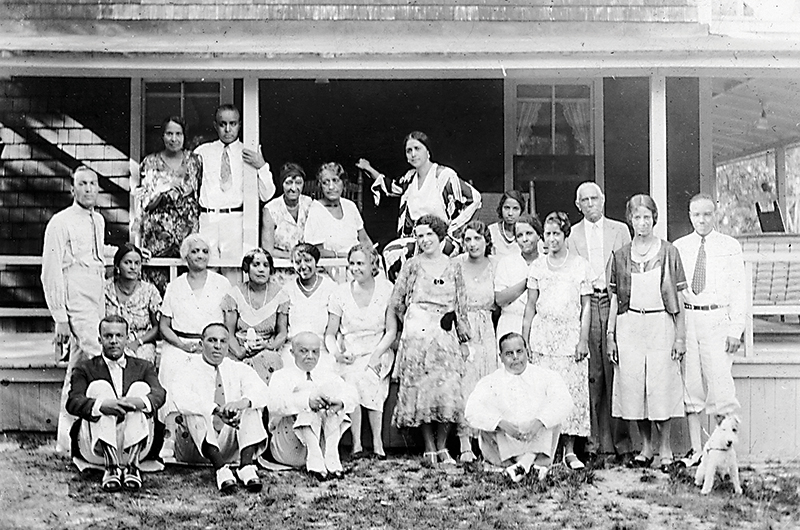


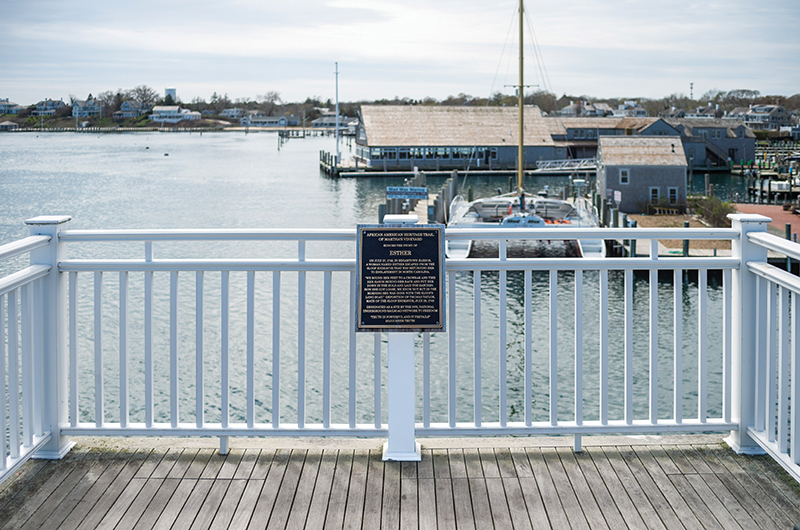
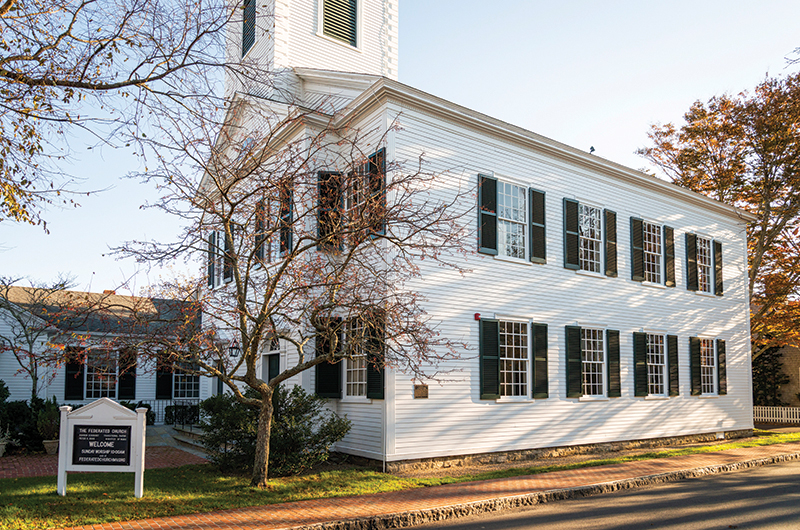
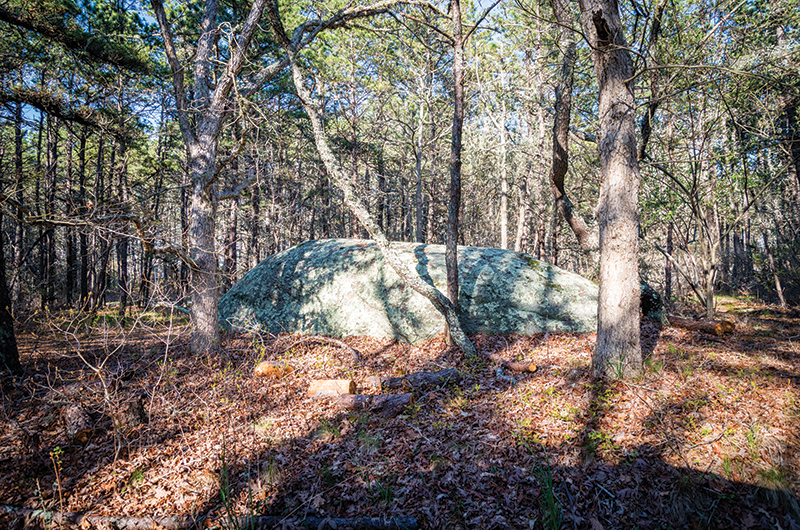
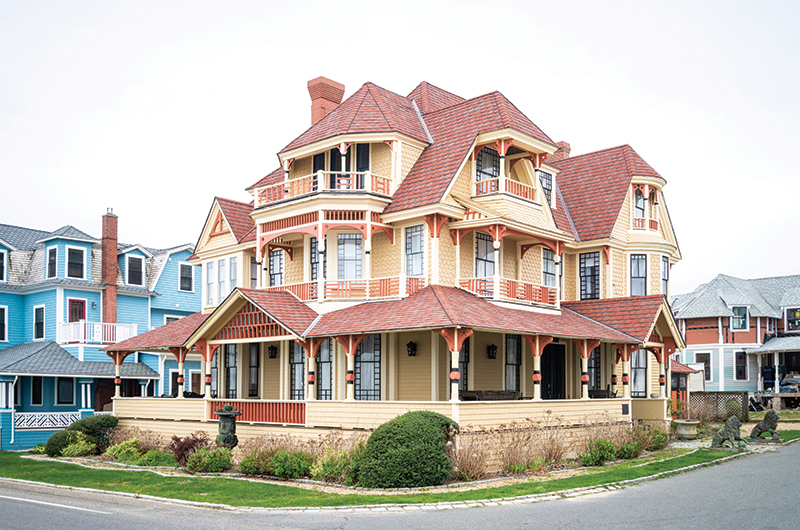





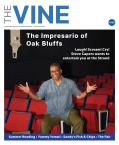

Comments